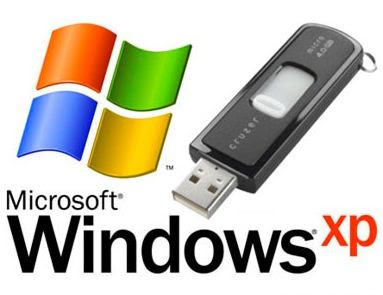Photoshop NVIDIA CC 2018 GeForce Graphics Performance
GPU acceleration is becoming
fairly common in Adobe applications, but only a few of the tasks specified in
Photoshop are able to take advantage of a video card to improve performance. In
fact, some features (such as 3D, Render, Flame, and Oil Paint) require that you
have a compatible GPU while others (Image size, Blur Gallery, Smart Sharpen,
etc.) are simply able to use the GPU to improve performance.
It's been about a year since
we last looked at GPU performance in Photoshop, but there have been several
developments that have made us test this again. First, our old test did not
include the GTX 1080 Ti, Titan Xp or Titan V, and we're curious if these new
cards give us any performance gains. Second, we have just released the
Photoshop CC 2018 benchmark internally and make it available for public
download. For this reason, we wanted to get a set of grades (especially
"GPU points") for anyone who wanted to see how their PC or Mac
stacked up against these units.
If you want to skip the test
setting and the standard results / analysis section, feel free to go directly
to the Conclusion section.
Test preparation and methodology
Listed below is the test platform
we will use in testing:
As mentioned in the
introduction, we will use the Puget Systems Photoshop CC 2018 Benchmark
currently available for public download. This standard tests a set of general
tasks (open / save, resize, fill flag content, etc.), filters in addition to
the panoramic photomerge. Full details of the standard are available on the
benchmark performance download page.
Benchmark results
While our standard provides
general benchmarks based on the performance of each task, we also want to provide
the individual result for each task in case there are specific tasks that a
person may be interested in. Feel free to analyze the individual results below
in more detail if you wish to do so or go to the next section to analyze our
criteria.
The Benchmark program includes
a large number of tasks that do not use the GPU, but there are five tasks in
our benchmark that show the benefit of having a stronger GPU. These results are
used to calculate the "GPU Score" part of our standard, but for this
analysis, we wanted to take a look at each task separately.
Surprisingly, it was a resize
photo job that showed the biggest difference. For this reason, the Intel HD 630
graphics were awesome, taking more than 5 times more than the GTX 1080 Ti. In
fact, this is the only task that has seen utility with the most powerful Titan
cards which were about 9% faster than GTX 1080 Ti. So if you really hate
waiting to resize the image, you can see some excellent performance increases
by investing in a more powerful GPU.
However, for smart Sharpen and
various Blurs, there is a very hard performance roof. Getting a low-cost GTX
1050 is more cost-effective than using embedded graphics, but once you get to
the GTX 1060 or GTX 1070, you're in a fraction of the best possible performance.
Conclusion
Choosing the appropriate GPU
for Photoshop is not as important as choosing the right CPU or having enough
RAM, but in some cases it can have a big impact on performance. Adobe already
has a list of features that can take advantage of the GPU and if any of these
things are used regularly, the GTX 1060 or perhaps the GTX 1070 video card is a
great choice. While some of these features (such as image resizing) may benefit
from the most powerful graphics processing unit, this seems somewhat rare.
Generally for Photoshop, we
recommend using either the GTX 1060/1070 video card even if you have a more
robust card budget. For most users, it would be better for you to long-term
spend this extra money on more RAM or storage or an advanced CPU rather than a
more powerful video card.
